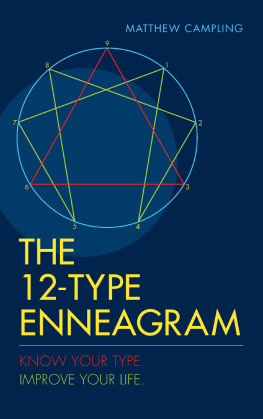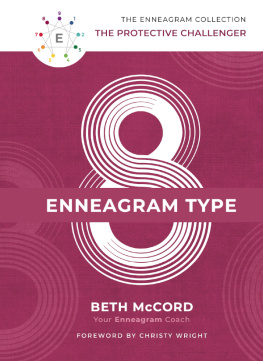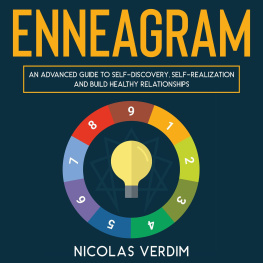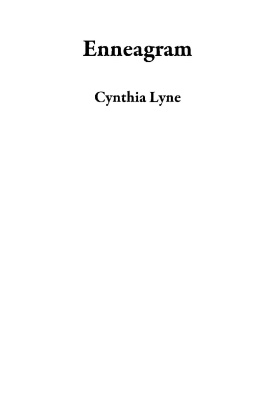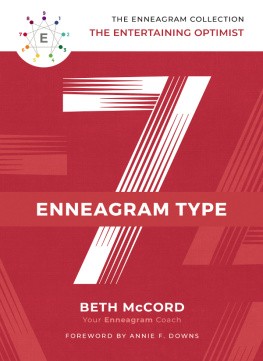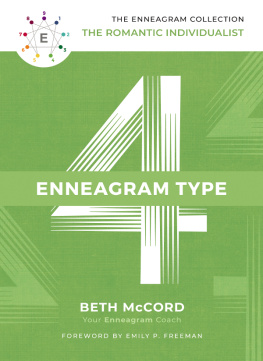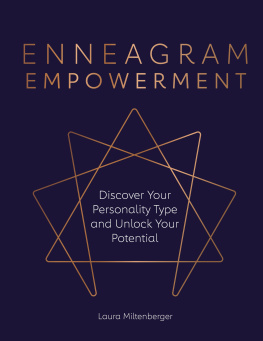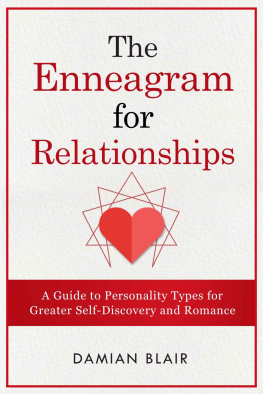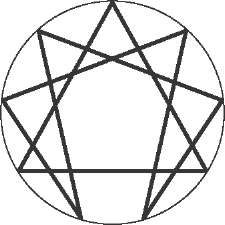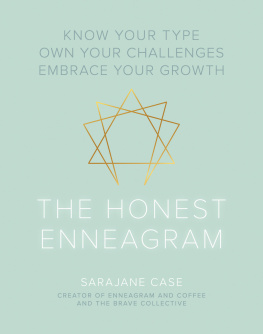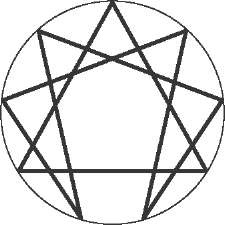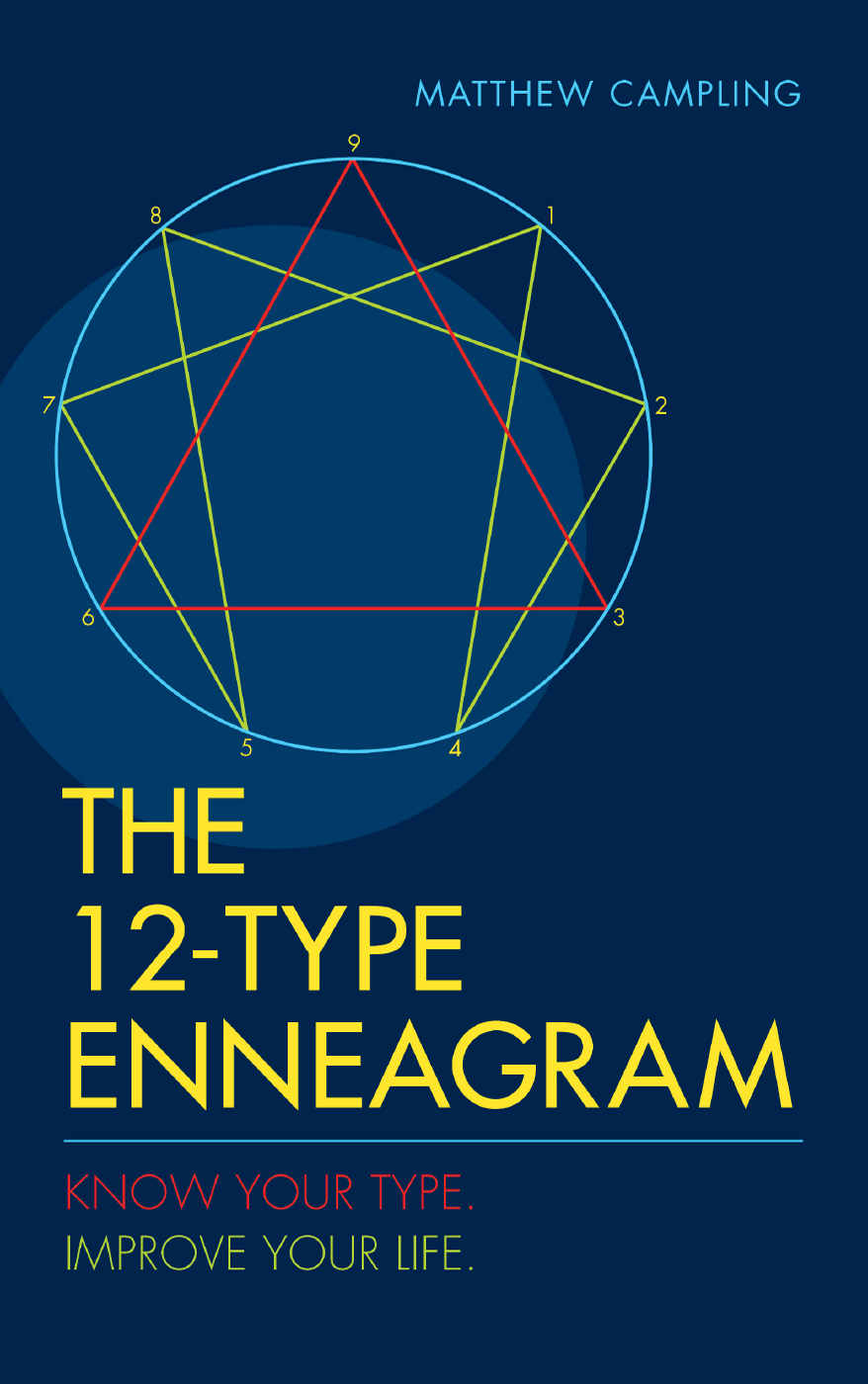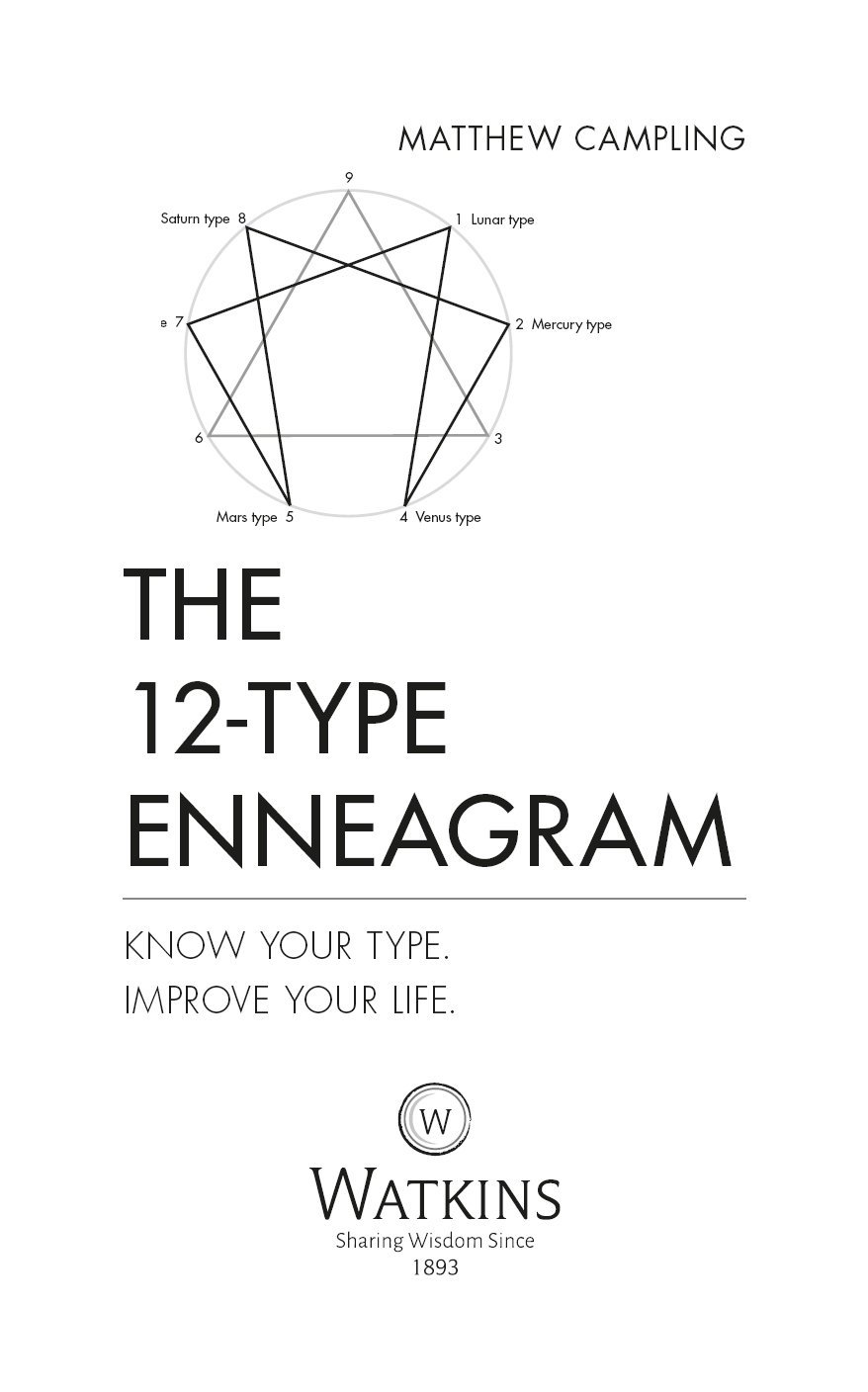
For my teacher
and his teachers
PART ONE
You and the 12-Type Enneagram
Chapter 1
Introducing the System
It is often difficult to understand the ways in which others think, feel, and behave. One of the first great realizations of the growing child is the dimly dawning awareness that other people see things differently. As well, much of the time, we cant even understand what drives our own thinking, feelings and behaviour. It all seems random and unpredictable. Over the centuries, from Babylonian astrology to Jung, various insights and systems of organization have been advanced to explain human differences. The interesting construction overleaf is what the 20th-century teacher G I Gurdjieff popularized as the Enneagram, a nine-pointed figure that soon attracted many different interpretations. This book will reveal some of the fascinating and highly practical secrets that are revealed through having the keys that unlock this seemingly opaque hieroglyph.
Previous to this book there have been several interpretations of the Enneagram which put forward the idea of nine personality types. What these nine-type interpretations share is a misunderstanding of the Enneagram figure itself, as you will discover in the quote from Gurdjieff that follows shortly. It is advisable that anyone who has already encountered a nine-type interpretation puts aside the interpretation they know and receives the knowledge in this book as entirely new. Later, when you know more about the 12-Type Enneagram, you can compare the two systems and judge which contains the true message from the past.
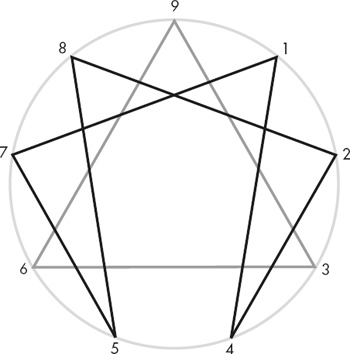
Why Not Nine Types?
Many interpretations accept that each point on the circle represents a human type. And since the term Enneagram means nine-pointed diagram, it seems logical that there should be nine types. So why 12? The answer is that the diagram itself is more subtle and complicated than it first appears: the Enneagram is not a single, nine-pointed hieroglyph, but is actually three independent, interacting figures.
The three figures, and what they represent, are:
A circle: wholeness; the all; no beginning and no end; space/time continuum.
A six-pointed figure: the six basic human essence types. These are centered, radiating outward, being types. As well as the six main types, there are six hybrid types. The six hybrid types are becoming types, in motion on the lines between the six main essence types. Hybrid types contain traits of both the type they have just left, and the type towards which they are heading.
A triangle: these points are not human types; they are Cosmo-Personal Forces affecting all humanity:
3 = shocks of earth & fire = affects basic drives
= underworld
6 = shocks of water = affects emotions
= the sea
9 = shocks of air = affects thought
= Heaven/higher-self
It is crucial to realize that the six points and the three points belong to two separate constructions, not one. In P. D. Ouspenskys book, In Search of the Miraculous, he quotes Gurdjieff:
The circle is divided into nine equal parts. Six parts are connected by a figure... Further, the uppermost point of the divisions is the apex of an equilateral triangle linking together the points of the divisions which do not enter into the construction of the original complicated figure [p. 286, my italics].
Treating every point that touches the circle as a different type destroys the priceless message of the Enneagram diagram and despoils the meaning of the magic number series. This number series is derived from a stunning mathematical process, as will shortly be explained.
For now, if we consider the different points on the circle (1 to 9), we notice that the original complicated figure involves only six numbers: 1, 2, 4, 5, 7 and 8. What is the meaning of this? If we remember that each of the six numbers represents a human type, a comment from Gurdjieff (again quoted by Ouspensky in In Search of the Miraculous) enlightens us:
In order to understand the Enneagram, it must be thought of as in motion, as moving. A motionless Enneagram is a dead symbol, the living symbol is in motion [p. 294].
What is alive, awaiting us are the type forces on the Enneagram. But if we move from 1 to 9, on the outside of the circle as some have advised, we are subjecting ourselves to the Law of Accident. The conscious path, the Way of the Sly Man that rescues us from the randomness of the Law of Accident, is something that requires much more thought (for a glossary of system-associated terms visit www.12egram.com).
The key to unlocking the secrets of moving through life situations on the conscious path, lies in enlightened use of the ancient principle that every Wholeness can be divided into seven parts. (For example, there are seven days in the week, Newton divided the colour spectrum into seven colours, there are seven different-letter notes in the musical scale, people hailed the seven wonders of the ancient world. Seven was always the number of Wholeness, of Completion, of the Everything.)
So, if we divide the number 1 (wholeness), by the number 7 (complete parts of wholeness), something amazing happens:
1 7 = 0.142857 recurring
Only these six numbers appear in the answer no matter how far you carry out the division. And they continue to appear in the same order. These six numbers each of which represents a human essence type reveal the potential conscious life-path of every individual person who exists. We all are anchored in one of the numbers (our essence type) or somewhere on an Ennegram line between two numbers (a hybrid type is less stable, more changeable because they have the influence of two consecutive main-type energies). And we can move through the numbers of the 142857 series, only by moving inside the circle.
To realize fully the extraordinary nature of this number series, simply do this:
multiply the basic number 142857 | by 1 = 142857 |
by 2 = 285714 |
(same numbers, in same order, but different start) |
by 3 = 428571 |
(same numbers, in same order, but different start) |
This happens until you multiply | by 7 = 999999 |
This represents completion. It does not advance further. Therefore we are concerned only with the first six progressions.
Introducing the Planetary Type Names
To simplify the discussion of the six basic essence types we will assign planetary names to each number in the 142857 series. To explain where these cosmic entities enter the picture is not within the scope of this discussion. The next chapter will describe the characteristics of each type in detail. For now, just realize that when we speak about numbers or planetary names we are referring to the following:
1 = Lunar type | (142857 x 1 = 142857
is the path of Lunar type) |
4 = Venus type | (142857 x 3 = 428571
is the path of the Venus type) |
2 = Mercury type |

